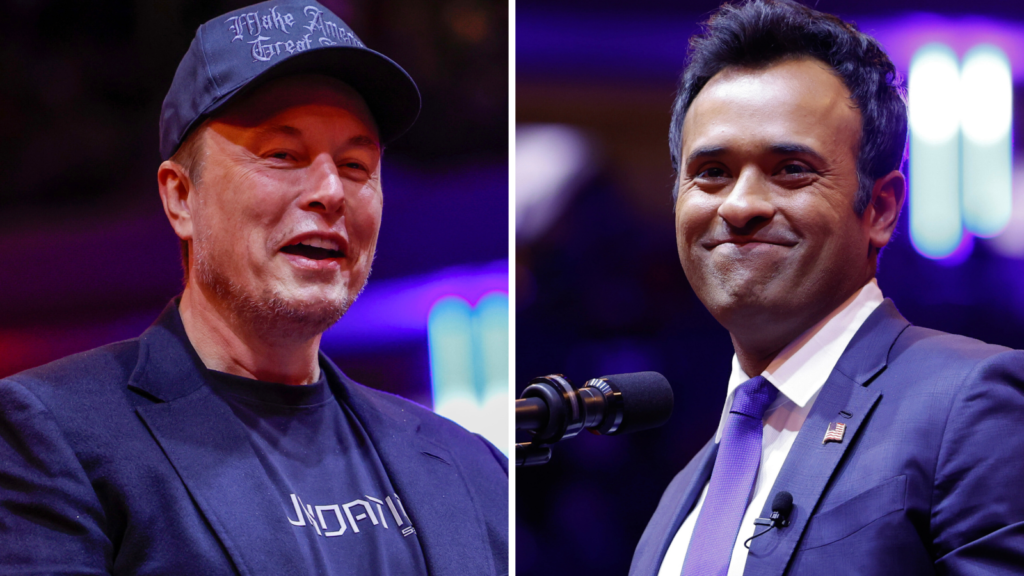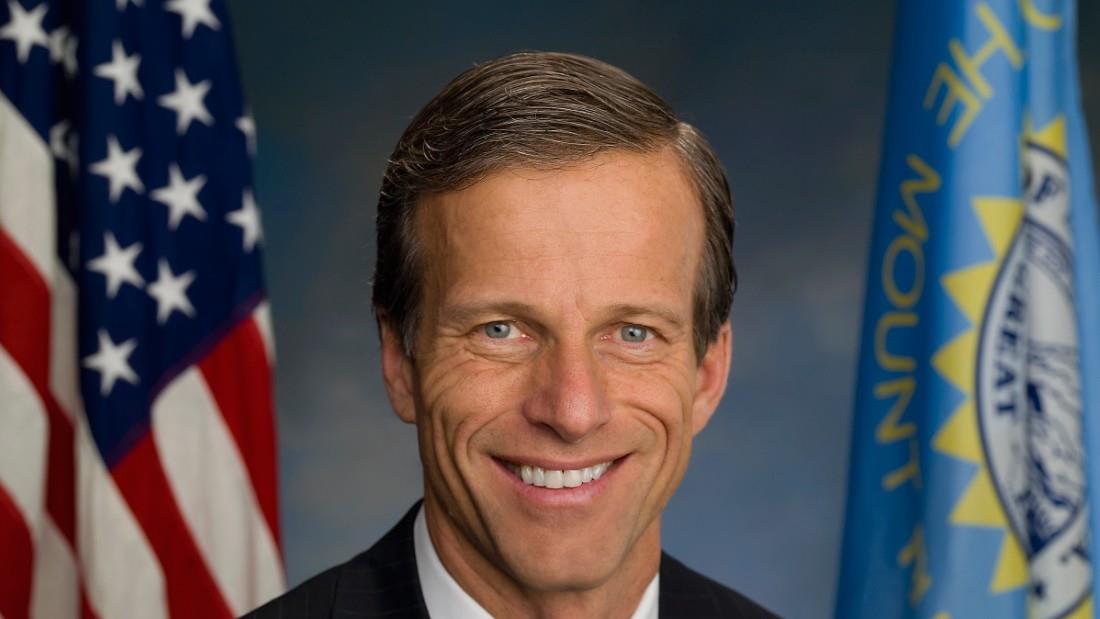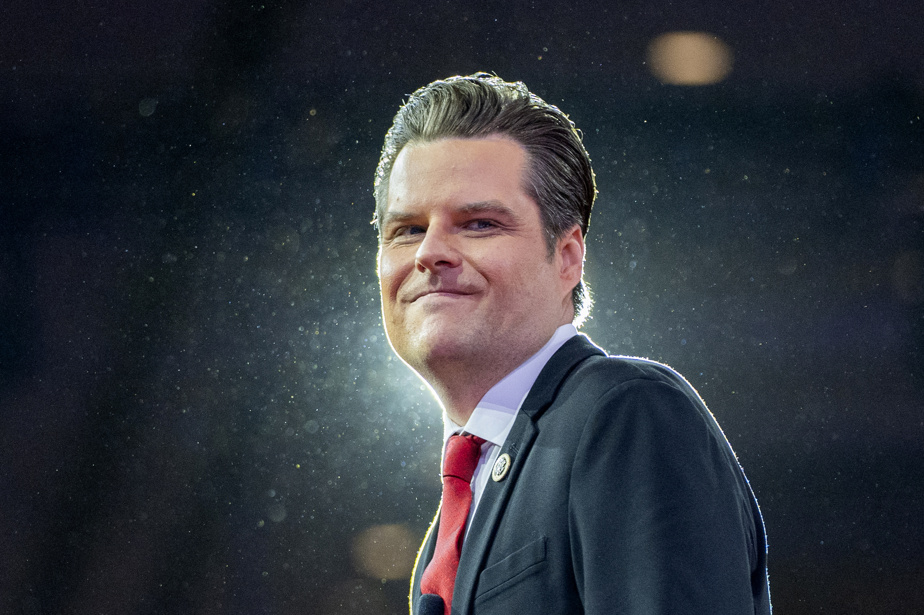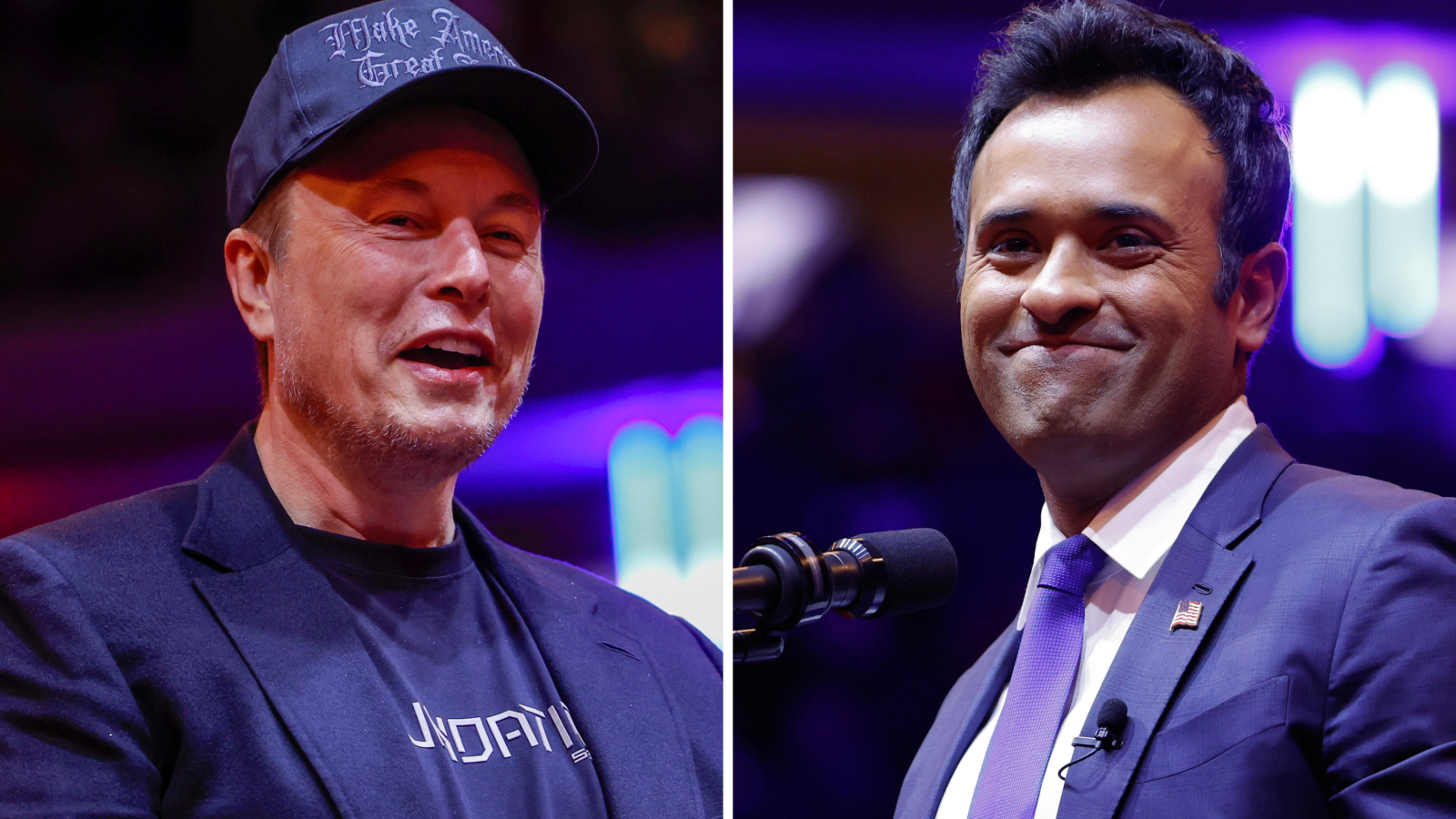
The recently announced Department of Government Efficiency (DOGE) aims to tackle a long-standing challenge in U.S. governance: inefficiency. Established by President-elect Donald Trump, this new department is tasked with evaluating and transforming federal processes to streamline operations, cut redundant spending, and enhance accountability across governmental agencies. The appointment of tech magnate Elon Musk and entrepreneur Vivek Ramaswamy to lead DOGE has attracted significant attention and raised important questions about the future of government reform. Musk’s public commitment to transparency and taxpayer involvement is central to this initiative, sparking both enthusiasm and skepticism across political and public spheres.
Internal Link: Discover more about government policy updates at The Newsify.
The Bold Vision of the Department of Government Efficiency
The Department of Government Efficiency, often referred to by the acronym DOGE, represents an ambitious federal initiative designed to bring private-sector efficiencies to government operations. The plan sets a target of reducing federal spending by at least $2 trillion by 2026. This goal, according to Musk, will be achieved by scrutinizing every department to eliminate unnecessary spending while prioritizing programs that offer the most value to taxpayers. The timeline, which aligns with America’s 250th anniversary on July 4, 2026, reflects a symbolic nod to renewal and progress.
Trump likens this effort to historical projects like the Manhattan Project, highlighting the scope and urgency of the task at hand. The selection of Musk and Ramaswamy underscores a vision that relies heavily on data analytics, tech-driven solutions, and a “lean” operational style inspired by the efficiency standards of the private sector. As Trump stated in his announcement, “The federal government has grown too big, too slow, and too costly. With the Department of Government Efficiency, we’re bringing innovation back into public service.”
The Musk-Ramaswamy Dynamic: Combining Innovation with Efficiency
The appointment of Elon Musk and Vivek Ramaswamy to lead DOGE brings a unique blend of innovation and entrepreneurial perspective to the department. Musk, who has a track record of disruptive innovation through companies like Tesla and SpaceX, is expected to bring a no-nonsense, data-driven approach to government restructuring. Known for his commitment to optimizing resources, Musk has pledged to bring the same rigor to the Department of Government Efficiency. On his social media platform X (formerly Twitter), Musk has already outlined a vision for transparency, promising to post departmental actions online and invite the public to provide feedback on inefficiencies they observe.
Vivek Ramaswamy, a biotech entrepreneur who has run his own pharmaceutical company, has experience in challenging regulatory structures and advocating for lean corporate models. Together, Musk and Ramaswamy plan to push for cost-effective solutions that will, in theory, allow the government to operate with less bureaucracy and waste. The collaboration between these two leaders brings both optimism and critique, especially as Musk’s businesses, such as his AI projects, stand to benefit from the regulatory relaxation that may follow.
Key Objectives of the Department of Government Efficiency
The Department of Government Efficiency will focus on three primary areas:
- Elimination of Redundant Spending: One of DOGE’s main objectives is to identify and remove redundancies across federal programs. Many departments have overlapping functions, which often lead to duplicated efforts and unnecessary expenditures. By conducting thorough audits and reviewing each program’s objectives, DOGE aims to streamline government functions to ensure each dollar is effectively utilized.
- Enhancing Operational Efficiency: Inspired by corporate best practices, DOGE will implement a performance-based system to monitor and improve agency productivity. This approach includes adopting metrics that hold departments accountable for measurable results, similar to private-sector performance reviews. With this model, underperforming programs would face restructuring, consolidation, or possible closure to optimize federal resources.
- Integration of Advanced Technology: Under Musk’s leadership, the department will employ data analytics, artificial intelligence, and automation to modernize government operations. By integrating AI in decision-making and automating routine processes, the department aims to reduce paperwork, improve service delivery, and speed up responses to public needs. These changes are expected to reflect a more tech-driven approach to governance that Musk has championed in his businesses.
Transparency and Public Engagement
In an effort to engage the public in governmental reform, Musk has outlined plans to ensure all departmental actions are open to scrutiny. A unique “government waste leaderboard” is among Musk’s proposals, where taxpayers can view and critique wasteful spending projects. The platform will also allow citizens to submit tips on perceived inefficiencies, making it a collaborative effort in government reform. The transparency model aims to boost public trust by giving Americans a voice in governmental spending and efficiency initiatives.
Critics, however, have questioned the feasibility of such extensive transparency, arguing that it could create an overload of information and risk oversimplifying complex issues. Additionally, there are concerns that the leaderboard model could inadvertently target programs crucial to public welfare that may appear costly but serve essential social functions.
Reactions to the Department of Government Efficiency
The creation of the Department of Government Efficiency has elicited mixed reactions:
- Support from Fiscal Conservatives: Many conservative groups applaud the initiative as a necessary step toward addressing the ballooning national debt. Proponents argue that the U.S. government’s spending has outpaced its revenue, and without measures like those proposed by DOGE, the country’s financial sustainability is at risk. For fiscal conservatives, DOGE is seen as a positive step in reducing the tax burden on Americans by cutting unnecessary expenditures.
- Criticism from Progressive Groups: Progressive organizations, however, have voiced concerns about Musk’s lack of experience in government and public administration. Consumer rights groups, for example, argue that Musk’s focus on streamlining could lead to harmful cuts in essential services. They worry that an emphasis on cost-cutting might sideline programs in health, education, and social services, areas that require more nuanced approaches than the private sector model may offer. Lisa Gilbert, co-president of Public Citizen, stated, “Musk knows little about government regulation, and his role as ‘efficiency czar’ could endanger programs designed to protect consumers, the environment, and public health”ReutersWIRED.
The Broader Implications for Federal Spending and Governance
The Department of Government Efficiency is expected to influence government spending policies profoundly. For the average taxpayer, this initiative could mean fewer tax increases, as a leaner government would require fewer resources. However, there are concerns that cuts may disproportionately affect social welfare programs and lead to a reduction in services that benefit low-income families, veterans, and other vulnerable populations. Observers will be watching closely to see how DOGE’s initiatives impact these essential services and whether Musk and Ramaswamy can balance efficiency with compassion in federal governance.
Conclusion: The Future of Government Efficiency and Accountability
The success of the Department of Government Efficiency will ultimately hinge on its ability to reduce waste without undermining critical public services. Musk’s promise of transparency and Ramaswamy’s corporate insights provide a framework that could reshape American government, aligning it closer to private-sector standards. Yet, as the department embarks on its mission, it will need to address public concerns about ethical oversight and ensure that reforms prioritize the American people’s best interests.
External Link: To explore different viewpoints on this topic, read Wired’s analysis of the implications of the Department of Government Efficiency.
To learn more about the new reforms, visit the Department of Government Efficiency page









Leave a Reply